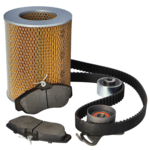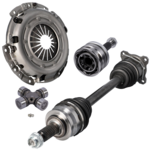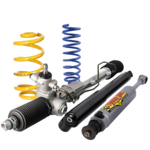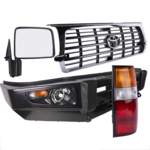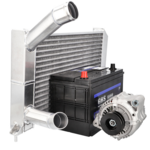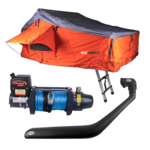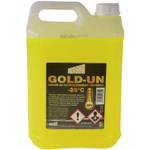What is the purpose of coolant?
Coolant plays a crucial role in regulating engine temperature and it's vital for the smooth running of your vehicle, Designed to transfer heat efficiently, it prevents the engine from overheating, ensuring optimum performance and longer engine life. Choosing a quality coolant is essential to maintaining the integrity of the cooling system and avoiding common problems such as corrosion and deposit build-up. It offers protection against freezing in winter and resistance to heat in summer.
Why change the coolant?
Regular coolant replacement is crucial to maintaining the health of your vehicle's engine. Over time, coolant loses its anti-freeze and anti-corrosion properties, increasing the risk of overheating and internal engine corrosion. A degraded coolant can no longer dissipate heat efficiently, exposing the engine to extreme temperatures that can seriously damage its components.
By replacing the coolant in accordance with the manufacturer's recommendations, you ensure optimum protection against freezing in winter and efficient heat dissipation in summer. This helps prevent the formation of rust and scale deposits, extending the life of the engine and cooling system components. In addition, a fresh coolant maintains stable vehicle performance, reducing the risk of costly breakdowns.
What equipment do I need?
- Workshop manual to find out the capacity of the cooling circuit and the position of the drain plug and bleed screw if your vehicle is fitted with one.
- Drip tray
- Standard tools
- Required amount of coolant
The stages involved
Draining
- Wait until the temperature of the liquid has dropped (as has the pressure). Reduce the residual pressure by gradually opening the expansion tank cap.
- Open the radiator drain plug above a drip tray, or disconnect the lower hose.
- Remove the drain plug from the engine block (look for its location in the workshop manual).
- Empty and clean the expansion tank.
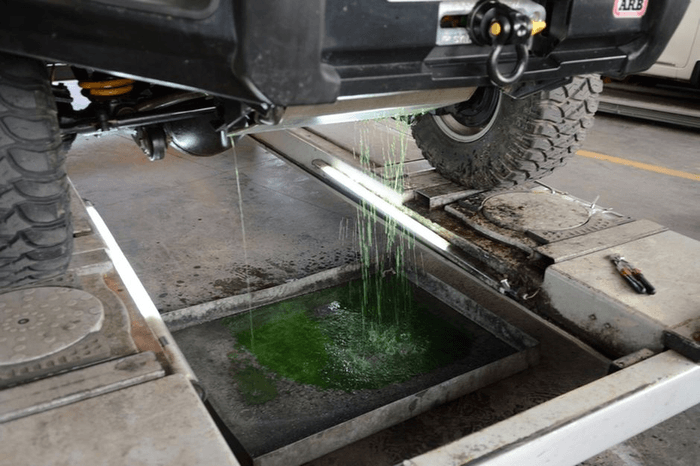
Filling up
- Screw on the engine block plug and radiator drain plug, and refit the lower hose.
- Open the bleed screw(s).
- Fill with coolant from the radiator filler and then from the expansion tank up to the max mark.
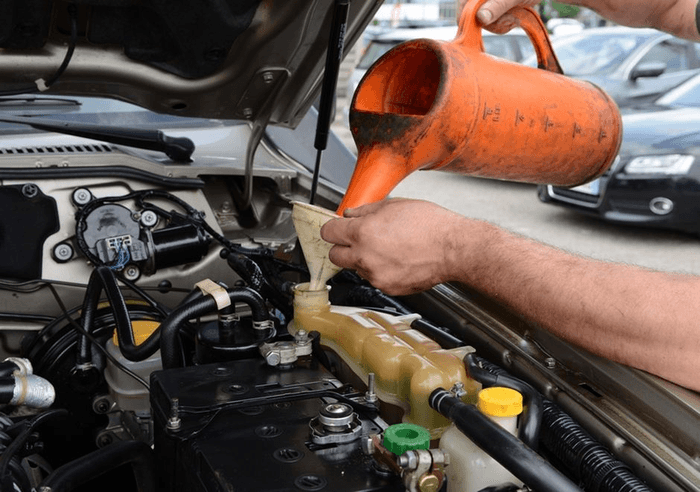
Bleeding
- Turn the heater control to maximum so that the coolant circulates through the passenger compartment heater radiator and the circuit is properly bled.
- Leave the engine running, with the radiator cap open, until the thermostat opens (the liquid will circulate in the upper hose, which will become very hot).
- Add coolant gradually by filling the radiator.
- Close the bleed screws as soon as the coolant flows in a steady stream (without air bubbles), top up the expansion tank and close the circuit.
- As soon as you have filled the cooling system to approximately the specified level, stop the engine.
- Wait for the engine to cool down.
- Check and correct the level if necessary.
Worth noting
- Never open the bleed screw while the engine is running.
- Never open the cap on the expansion tank or radiator when the engine is hot.
- The level in the expansion tank must always be between the minimum and maximum.
PARTS
Find the coolant to suit your vehicle:
Do it yourself, you'll be even prouder! To help you out, Euro4x4parts shares its know-how and expertise in mechanics through 4X4XPERT: new products, technical sheets, and personalized tutorials... You've got the keys!
And because we also learn from your experiences, your feedback is essential. Let us know your thoughts and suggestions by email: 4x4xpert@euro4x4parts.com
Check out our complete catalogue of 4x4 parts and accessories!
All the photos in our articles are taken on authorized roads or tracks, private land, or during supervised competitions. Let's all do our part to preserve the environment!
Please note: Euro4x4parts publishes this information to help its customers, but cannot be held responsible for the advice given here and their consequences when used.








